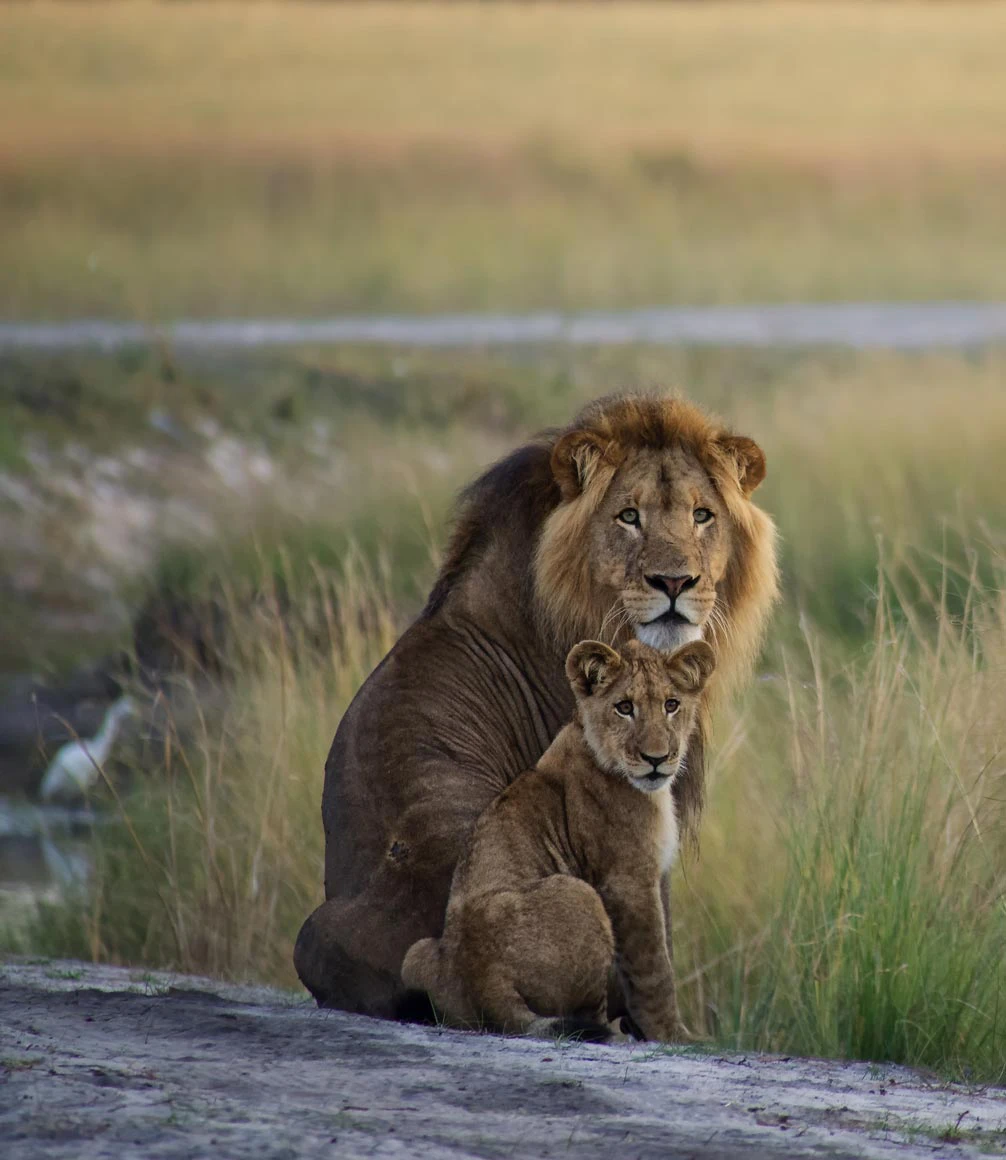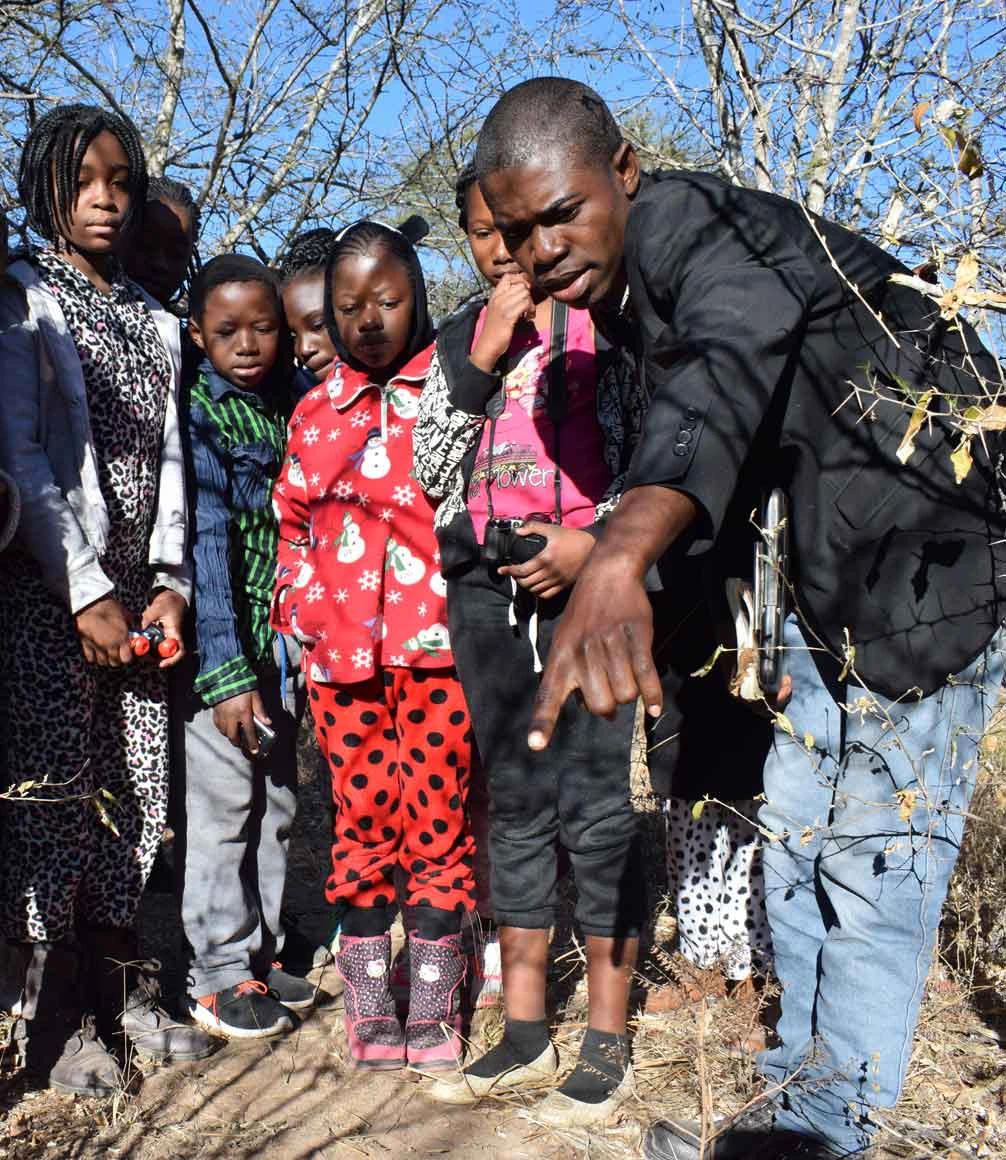Zambian Carnivore Programme – conserving large carnivores and the ecosystems in which they reside
Due to poverty, as well as regional and international commercial demand, bushmeat poaching using wire snares continues to pose one of the greatest threats to Africa’s large carnivores. The impacts of snaring are widespread: not only do the snares impact prey populations, but they also result in the bycatch of wild dogs, big cats and hyenas. Snaring has also been found to play a significant role in the growing trade of big cat skins, bones and body parts.
A central element of the work of the Zambian Carnivore Programme (ZCP) is its collaborative anti-snaring program, working with local and international partner organisations and institutions. Logging over 3,000 person-days in the bush each year, over 36,000 square kilometres (14,000 square miles), field teams intensively monitor approximately 1,000 individually identifiable large mammals across seven national parks and surrounding GMAs.
However, intensive studies are carried out across three main ecosystems: the Luangwa Valley, Greater Kafue Ecosystem and Greater Liuwa Ecosystem. Within these areas, ZCP has a three-pronged approach: Conservation Science, Conservation Action and Conservation Capacity. ZCP provides science-based evaluations on topics such as demography, genetics, predator-prey dynamics, poaching and human encroachment. In addition to its anti-snaring program, ZCP supports anti-poaching and land-use planning initiatives, as well as disease mitigation from domestic animals and where necessary, species re-introduction.
Highlights of Zambian Carnivore Programme's Work
"Sustainability of conservation efforts rely heavily on the capacity of Zambian organisations and individuals to successfully research and manage carnivores and their habitats, as well as on local community support."
To help ensure the sustainability of these efforts, ZCP invests heavily in developing Zambian leadership, helping current and future conservationists reach their potential through a variety of empowerment programs beginning at primary school level up through international graduate degree programs. Primary and secondary school Conservation Club students conduct adventure-based learning through their field research with ZCP. There is an array of training programmes including a Women in Wildlife Conservation Programme, a Conservation Biologist Training Programme as well as a Wildlife Vet Training Programme. There are also community engagement and outreach programmes, as well as events such as the annual soccer tournament and community fun run, held in conjunction with Conservation South Luangwa (CSL). Lastly, numerous Zambian professionals have earned Masters and PhDs from top international institutions through their work with ZCP.
The Luangwa Valley contains the country’s largest carnivore populations; Greater Kafue is a carnivore stronghold and contains Zambia’s largest cheetah population and Greater Liuwa contains recovering populations of all carnivores as well as Africa’s second-largest wildebeest migration.
(©Anna Kusler)
How can you engage with Zambia Carnivore Programme?
Assist the field team with tracking, monitoring and data collection of carnivores and herbivores. Meet a member of the senior field staff to find out more about the work of ZCP. In Kafue, field staff have a seasonal camp at Tree Tops, located close to the Busanga Plains, and a main base of operations next to Mukambi Lodge. In Liuwa, the ZCP field team is based next to the Time + Tide King Lewanika Lodge. Schedule dependent, it may be possible to set camera traps in Kafue and both parks, and visit Conservation Clubs at local schools to assist students in learning key skills in computer literacy and English writing.
Ready to take the road less travelled?








